How To Get Rid Of Upper Back Fat: 10 Ways To Tone Your Back
Lose fat and build muscles in the right places to give you that sculpted look.

Image: Midjourney/ StyleCraze Design Team
Upper back fat has a direct link to carb intolerance, insulin resistance, and high testosterone levels (1), (2). Lack of timely treatment may increase the risk of diabetes, PCOS, and infertility (3), (4), (5), (6). So, how to get rid of upper back fat?

Well, it is easier than you think. Do these 10 things listed in this post to learn how to lose upper body fat from your back in 3 weeks. Continue reading to get a toned and slimmer back.
In This Article
Causes Of Upper Back Fat
The following factors can lead to overall weight gain, including the upper back region. These include:
- Poor Diet
Consuming excessive calories, unhealthy fats, and sugary foods can lead to overall weight gain and upper back fat (1).
- Sedentary Lifestyle
Lack of physical activity can contribute to fat buildup in various body areas such as the upper back (2).
- Genetics
Your genes may influence where your body tends to store fat (3).
- Hormonal Changes
Hormonal imbalances during pregnancy and menopause may affect body weight and fat distribution (4).
- Aging
Metabolism starts to slow down with age, which makes it easier to gain weight (5).
- Stress
High stress levels can lead to overeating and overall weight gain, which may make your upper back bulkier (6).
Now that you know the different factors behind weight gain and upper back fat, check out the next section for simple ways to lose it.
Key Takeaways
- A few strength-training exercises like push-ups, rows, and pulls target upper back muscles and help tone the body.
- Consume lean proteins like chicken, fish, and tofu to build lean muscle and keep yourself fuller for a longer time.
- Avoid consuming junk foods like fries, pizzas, and burgers to prevent weight gain.
- Getting 6 to 7 hours of sleep is essential as lack of sleep can increase cortisol and hunger levels.
How To Lose Upper Back Fat
To lose upper back fat, you have to tweak your diet a little, follow an effective workout routine, and make a few changes to your lifestyle.
Do these, and you will start noticing a difference in three weeks.
First, let’s see what kind of exercise you should focus on.
1. Upper Back Exercises
You need to target your upper back while exercising. Here’s a 10-minute, no equipment back exercise routine (timestamp below video).
- Windmill – 0:56
- Back Lift – 1:55
- Back Squeeze – 2:57
- Superman Fly – 3:56
- Wing Fly – 4:56
- Superman Hold – 5:57
- Arm + Leg Raise – 6:57
- Swimmers – 7:56
- Butterflies – 8:57
- Towel Face Pull – 9:57
Upgrade your workout routine with these exercises to get rid of back fat using dumbbells and barbells.
Make sure you warm up before doing these exercises. Maintain good posture, breathe in and out while doing the exercises, and take at least 15 seconds break between each exercise. You can also try resistance training exercises like reverse grip back row, single arm back row and more. Don’t forget to maintain an effective stretching posture to relax the muscles.
Note: If you have a lower back problem, avoid exercises like swimmers, butterflies, superman hold, wing fly, and back lift. Talk to a physical therapist to know the best exercises for you.
The National Center for Health Statistics (NCHS) survey findings showed that, overall, nearly three out of every five adults (58.9%) experienced pain of some kind. Back pain affected 39.0% of people, lower limb pain affected 36.5%, and upper limb pain affected 30.7%. Each of these locations had a higher prevalence of pain with age, which was greatest in people 65 and older.
 Trivia
TriviaApart from targeting your back, you must aim to lose overall weight. Here’s how to do it.
2. Cardio The Fat Out

To lose back fat, you must also lose overall weight. Cardio involves aerobic exercises that help mobilize fat, improve metabolism, and enhance mood.
Do cardio every alternate day (do strength training on the other days) for at least 45 minutes. You may also do HIIT exercises to burn fat more effectively in a shorter period. You will start to lose weight, be proactive throughout the day, and sleep better.
Additionally, add some exercises to get rid of neck fat naturally into your workout routine for an appealing appearance for your low back outfits.
 Quick Tip
Quick TipIt is important to do both strength training and cardio exercises to lose weight effectively. Strength training helps you build muscle and burn more calories, while cardio helps you burn fat and improve your heart health. You will get the best results when you add both workouts to your daily exercise routine.
Now that you know the exercises for back fat reduction, let us learn how to lose back fat fast with a few diet and lifestyle changes.
3. Cut Down Calories
Cutting back on calories will help you create a negative energy balance. This means that along with exercise, if you consume fewer calories, you will help your body burn the stored fat and also prevent it from accumulating more fat. Hence helping in weight loss.
But you must be careful with the calorie count. Your calorie intake should go up if you are active. Also, the calorie count is not the only factor. You should be aware of what you consume.
 Quick Tip
Quick Tip4. Consume Good Calories
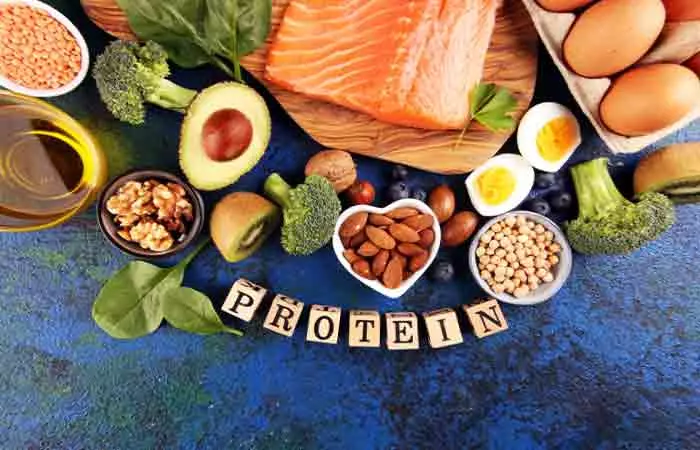
Good calories are calories you consume from foods like veggies, fruits, nuts, seeds, whole grains, and lean proteins.
Veggies and fruits are low in calories, but you should be careful about the glycemic index of these foods.
Include lean protein sources like fish, skinless chicken breast, mushrooms, tofu, and beans and lentils in every meal. Protein helps increase satiety and thermogenesis and improves muscle toning (7).
Consume whole grains like brown rice, red rice, black rice, sorghum, barley, etc. These are loaded with dietary fiber, vitamins, and minerals. Whole grains are low in calories and help fill you up quickly and keep your hunger pangs at bay (8).
A randomized controlled trial published in the Appetite journal examined the effects of wholegrain pasta (WGP) versus refined grain pasta (RGP) on hunger, fullness, and food intake in overweight or obese individuals. The study measured how much the participants ate during a meal (Study A) and their hunger and fullness after a meal (Study B). In Study A, the participants ate as much as they wanted, but there was no significant difference in the amount of food consumed between WGP and RGP. In Study B, the participants who ate WGP felt fuller and less hungry, without a significant difference in energy intake in the next meal, compared to those who consumed RGP. These findings suggest that whole grain pasta can enhance feelings of fullness and reduce hunger without affecting overall energy intake in subsequent meals (9).
Healthy eating improves your metabolism. Eating these foods will also give energy for strength training and mindfulness.
Healthy fats like olive oil, nuts, seeds, avocados, avocado oil, fish oil, and rice bran oil are rich in PUFAs (polyunsaturated fats). PUFAs help lower inflammation in the body (10), (11). This, in turn, helps prevent inflammation-induced weight gain (12), (13). Apart from food, keep your water intake in check, water helps to balance body hydration.
5. Give Your Kitchen A Makeover
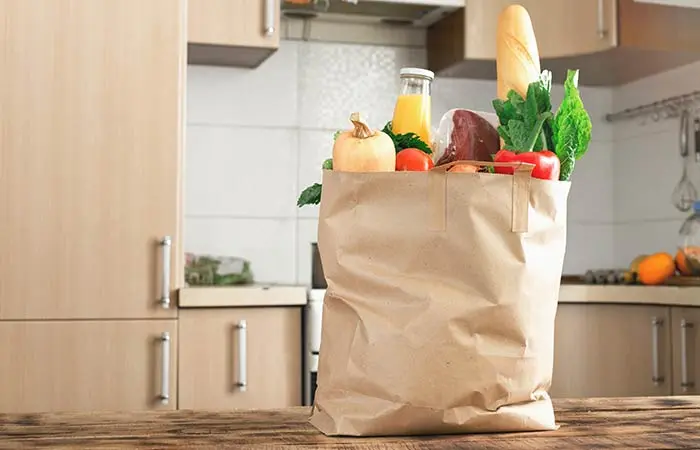
Kitchen makeover is an important step while trying to lose back fat. If you do not have junk food in your pantry, you are less likely to be tempted to eat it. Donate the foods that might cause you to gain weight. Refill the cabinets with healthy and low-calorie foods.
6. Check Your Hormone Levels
Hormones play an important role when it comes to body fat distribution. Insulin resistance is closely related to back fat and belly fat accumulation. Consult a licensed physician to know if your insulin levels are higher than normal, which might be the reason for excessive weight gain.
7. Don’t Consume Junk Food

Junk foods like fries, burgers, pizzas, processed food, canned, and packaged foods, packaged fruit and vegetable juices, and frozen foods contain additives, preservatives, hidden calories, and food colors that are harmful and fattening. Avoid consuming these at all costs.
Cook at home to make your meal wholesome. Here are a few delicious and healthy recipes.
8. Walk It Out
Stress is one of the common reasons for weight gain (14). Work, school, relationships, finances, and social media can cause stress build-up (15). This results in increased production of cortisol and inflammation. Cortisol may interfere with your appetite, making you feel hungry more often (stress eating). A study published in the Obesity (Silver Spring) journal explored how chronic stress, morning cortisol, and appetite-related hormones like leptin, ghrelin, and insulin can predict changes in food cravings and an individual’s weight over a period of six months. The study involved 339 adults who provided fasting blood samples and had their weight measured at the start and end of the study. Results showed that 49.9% of participants gained weight and, while food cravings and stress decreased overall, those with higher baseline ghrelin levels experienced more cravings after six months. Additionally, higher levels of cortisol, insulin, and chronic stress were linked to greater weight gain. These findings suggest that managing stress may help regulate cortisol and prevent weight gain (16), (17). Inflammation also adds in by causing unexplained weight gain.
Go out for a walk. You will feel a lot better, think clearly, and be able to decide based on logic, not emotion.
9. Get Some Shut-eye

Sleep is the best medicine for an overworked brain. Sleep deprivation has been linked to weight gain. Less sleep increases cortisol (stress hormone) levels and hunger and decreases insulin sensitivity (18). You need at least 6-7 hours of sleep to feel fresh and take on the next day’s work head-on.
10. Wear The Right Attire
Last but not least – your attire or what you wear is also important. Here’s what you can do.
Wear the right bra. This prevents making the bra bulge too obvious and visible.
Shop for clothes that suit your upper body shape. If you want to take attention away from your back, wear tops and dresses that have V-necks and stitch lines that make your upper body look slimmer (a lot of sportswear brands do that).
You may also wear color-blocked dresses that make your lower body look proportionate to the upper body, cool jackets, and makeup and accessories that highlight your best features.
While the exercises and lifestyle changes mentioned may help you reduce upper back fat, it is essential to remember that results may vary based on individual factors such as metabolism, genetics, and current fitness levels.
Achieving lasting results requires combining these efforts with overall lifestyle adjustments, such as following a balanced diet paired with long-term fitness plans. This approach not only sets realistic expectations but also fosters a sustainable path to a healthier physique, building trust and encouraging readers to adopt these practices consistently.
These are the 10 things you must do for three weeks to see a visible difference.
Infographic: Lifestyle Changes To Get Rid Of Upper Back Fat
Losing upper back fat is a challenging task. You have to work out regularly and do cardio exercises to lose fat in three weeks. However, exercise alone will not help you lose fat. Although we discussed before, we want to stress the importance of making a few lifestyle changes to help you get rid of upper back fat quickly.
Some thing wrong with infographic shortcode. please verify shortcode syntax
Upper back fat accumulation may hint at insulin resistance, carbs intolerance, and high testosterone levels. While it may look flabby and stubborn to get rid of, it may not be as difficult it seems to begin with. Upper body exercises, cardio, and proper sleep routine, can help you lose weight from your upper back faster. Making the required diet and lifestyle changes and staying active overall may help to see a visible difference sooner.
Frequently Asked Questions
Does walking reduce back fat?
Regular walking may not specifically target upper back fat but it may help you lose overall body fat.
Can back fat go away?
Yes, a combination of a healthy diet, good sleep, and regular physical exercise can help you lose fat all over your body gradually.
Why is back fat so hard to lose?
Back fat is not as hard to lose as it seems. Just a few lifestyle changes like incorporating cardio and resistance training, maintaining a healthy diet, and being patient with your routine can help you lose back fat easily.
Does back fat mean I am overweight?
No, back fat does not always mean you are overweight. Although back fat is more prevalent in people who are overweight or obese, you may have it even if you fall into a normal BMI range. This might be due to underlying medical conditions like insulin resistance, poor diet, or a sedentary lifestyle.
Can massaging reduce back fat?
Yes, anecdotal evidence suggests that deep tissue massages may help improve your blood flow and metabolism, resulting in back and overall fat reduction. However, there are no relevant studies to support this claim.
Is it possible to get rid of upper back fat without exercise?
Yes, you can get rid of upper body fat without exercise by cutting back on your calories. However, for quick and effective back fat loss, it is recommended to include cardio and other exercises in your routine.
Are there any medical procedures that can help get rid of upper back fat?
Yes. Liposuction is a popular medical procedure that can help you get rid of upper back fat. It involves making an incision on the body to insert an energy-assisted device that can help pre-coagulate and liquefy the fat. Make sure to consult a healthcare specialist before procceding with this procedure.
Illustration: How To Get Rid Of Upper Back Fat In 3 Weeks
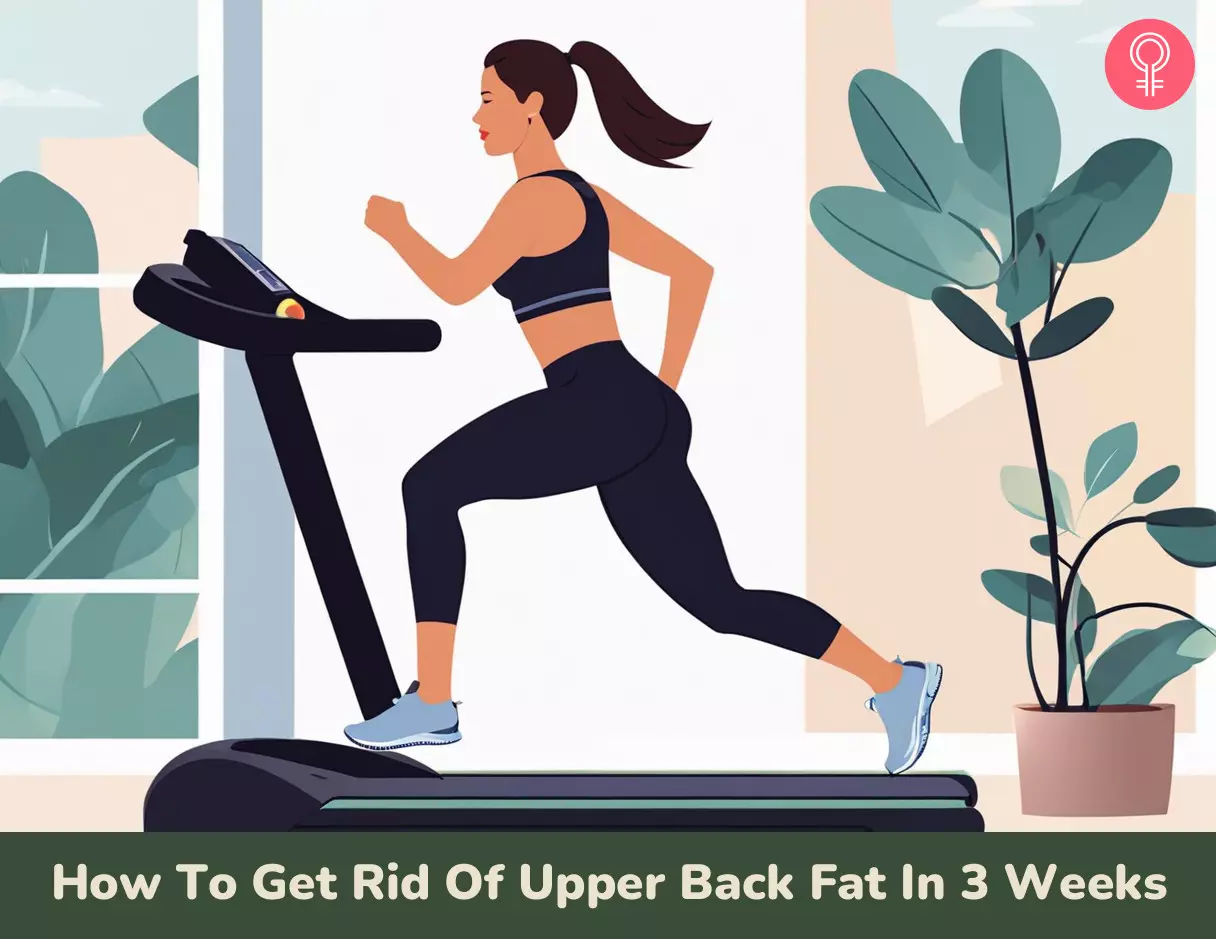
Image: Stable Diffusion/StyleCraze Design Team
Get ready to tone and strengthen your upper back with this 10-minute standing workout. No equipment needed – just you and your determination!
References
Articles on StyleCraze are backed by verified information from peer-reviewed and academic research papers, reputed organizations, research institutions, and medical associations to ensure accuracy and relevance. Read our editorial policy to learn more.
- “Malnutrition in obesity: is it possible?” National Library Of Medicine
- “Obesity and sedentary lifestyles” National Library Of Medicine
- “Genetic correlation between body fat percentage and cardiorespiratory fitness suggests common genetic etiology” National Library Of Medicine
- “The influence of sex hormones on obesity across the female life span” National Library Of Medicine
- “Body composition changes with aging: The cause or the result of alterations in metabolic rate and macronutrient oxidation?” National Library Of Medicine
- “Effects of Chronic Social Stress on Obesity” National Library Of Medicine
- “Protein, weight management, and satiety” National Library Of Medicine.
- “The Role of Whole Grains in Body Weight Regulation” Advances in Nutrition, US National Library of Medicine, National Institutes of Health.
- “Effects on satiation, satiety and food intake of wholegrain and refined grain pasta.” Appetite, US National Library of Medicine, National Institutes of Health.
- “Polyunsaturated fatty acids and inflammation.” IUBMB life, US National Library of Medicine, National Institutes of Health.
- “Polyunsaturated fatty acids, inflammatory processes and inflammatory bowel diseases.” Molecular Nutrition & Food Research, US National Library of Medicine, National Institutes of Health.
- “Inflammatory potential of diet, weight gain, and incidence of overweight/obesity: The SUN cohort.” Obesity, US National Library of Medicine, National Institutes of Health.
- “The inflammation highway: metabolism accelerates inflammatory traffic in obesity” Immunological Reviews, US National Library of Medicine, National Institutes of Health.
- “Stress as a common risk factor for obesity and addiction” Biological Psychiatry, US National Library of Medicine, National Institutes of Health.
- “Psychosocial Stress and Change in Weight Among US Adults” American Journal of Epidemiology, US National Library of Medicine, National Institutes of Health.
- “Stress, cortisol, and other appetite-related hormones: Prospective prediction of 6-month changes in food cravings and weight” Obesity, US National Library of Medicine, National Institutes of Health.
- “Stress-associated eating leads to obesity” International Journal of Health Sciences, US National Library of Medicine, National Institutes of Health.
- “Sleep and obesity” Current Opinion in Clinical Nutrition and Metabolic Care, US National Libra
Read full bio of Rakesh Rathod
Read full bio of Ravi Teja Tadimalla
Read full bio of Aparna Mallampalli







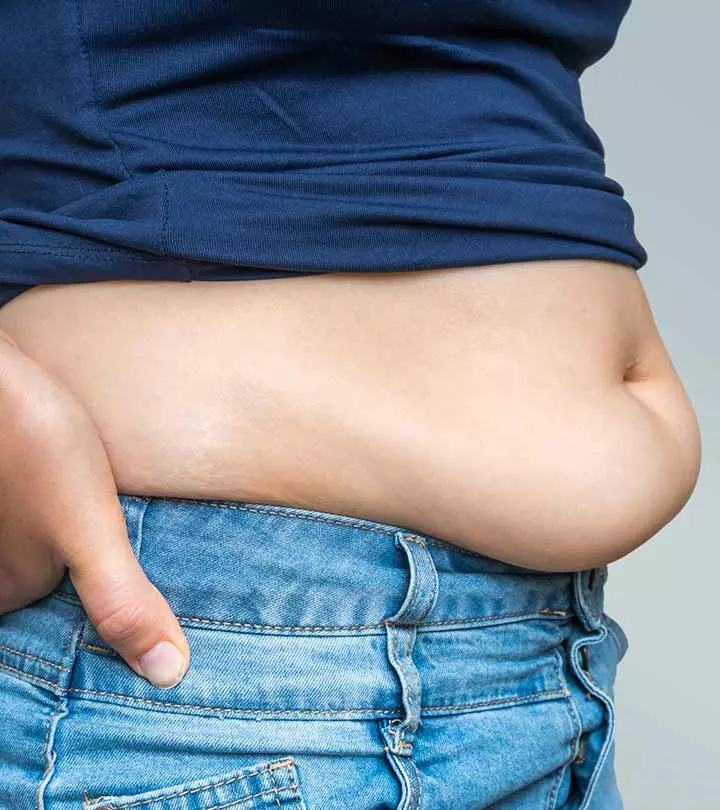
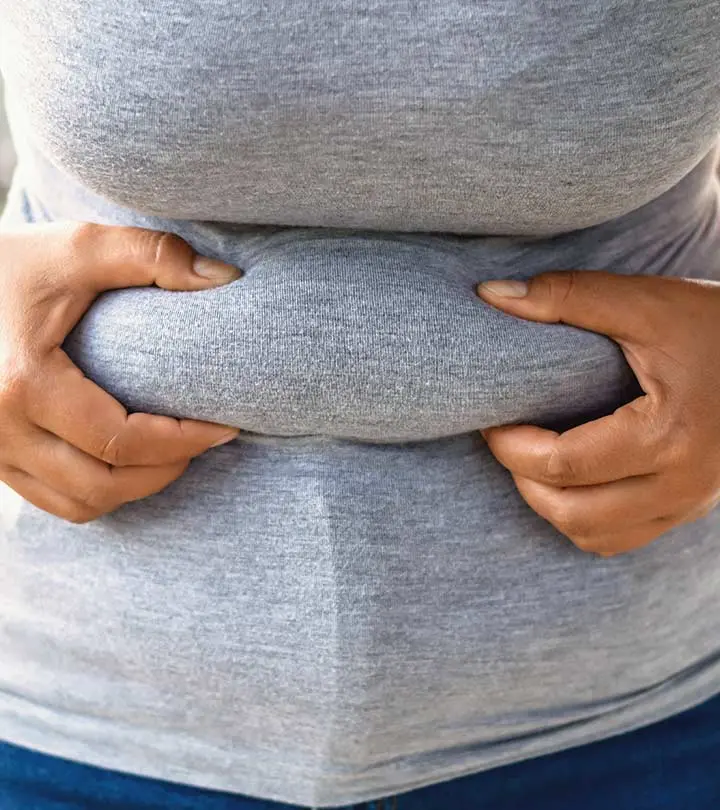


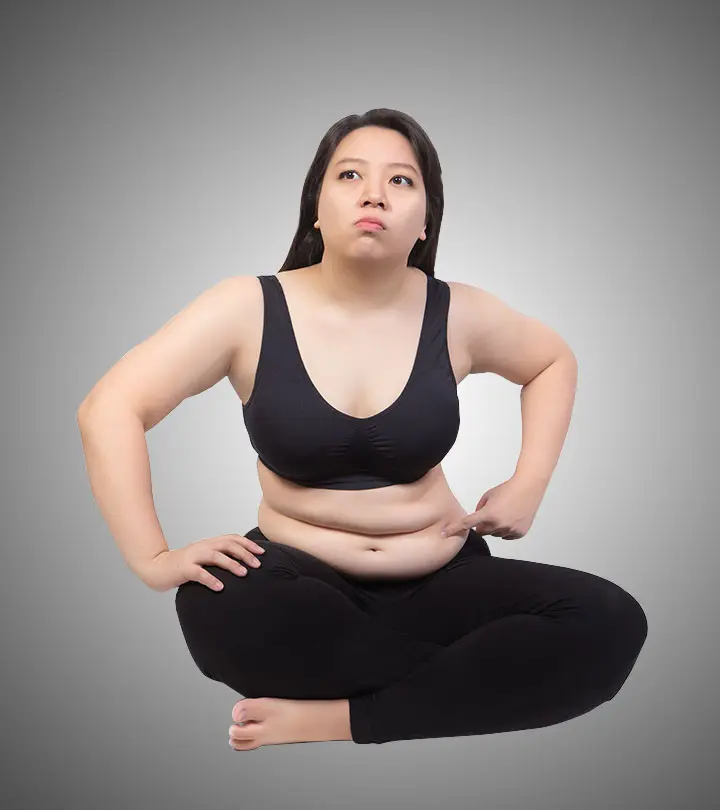



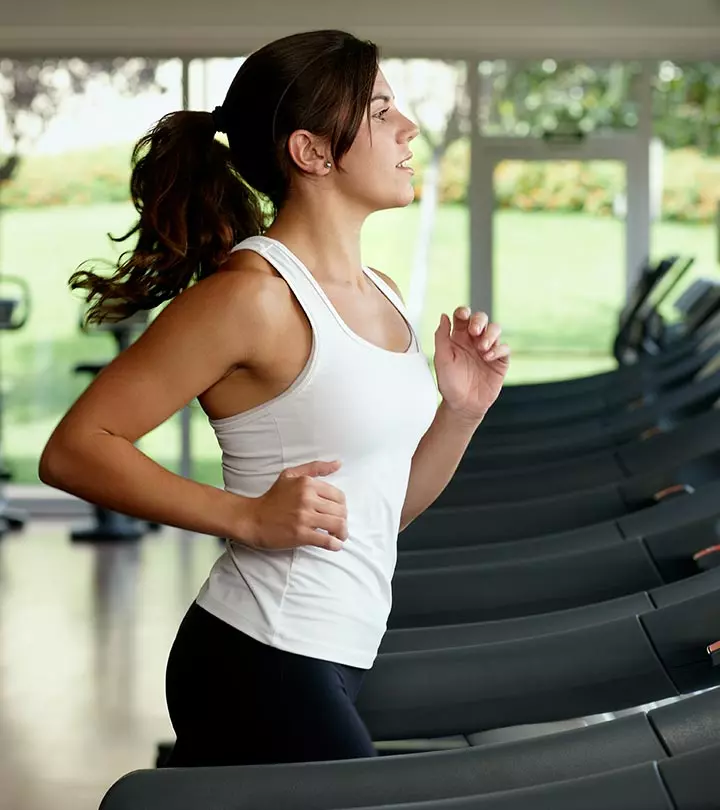
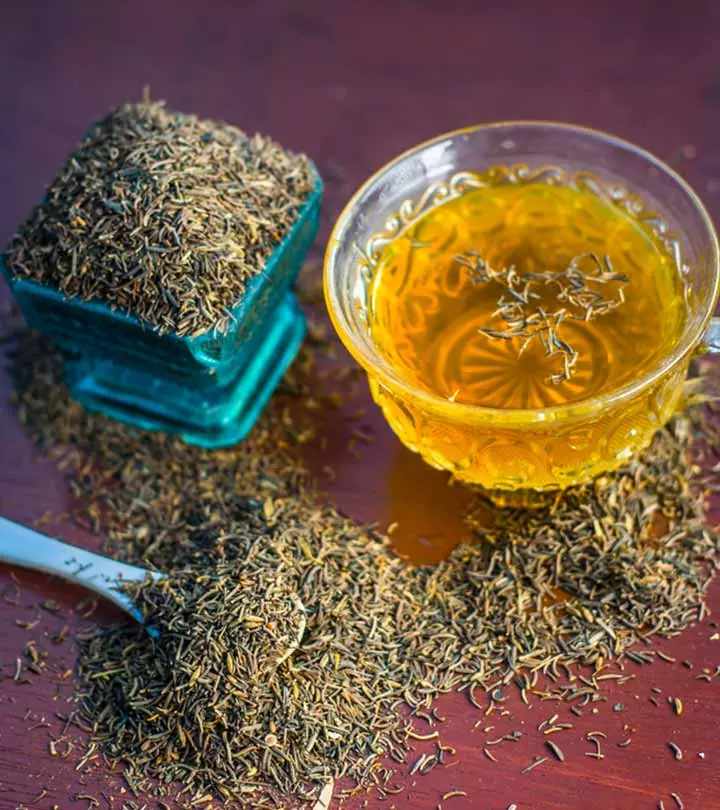
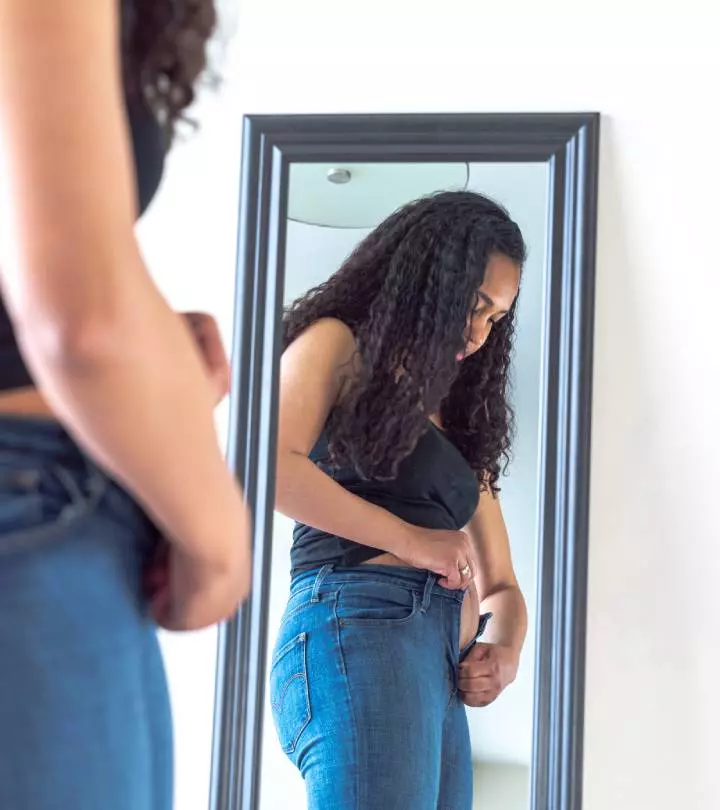

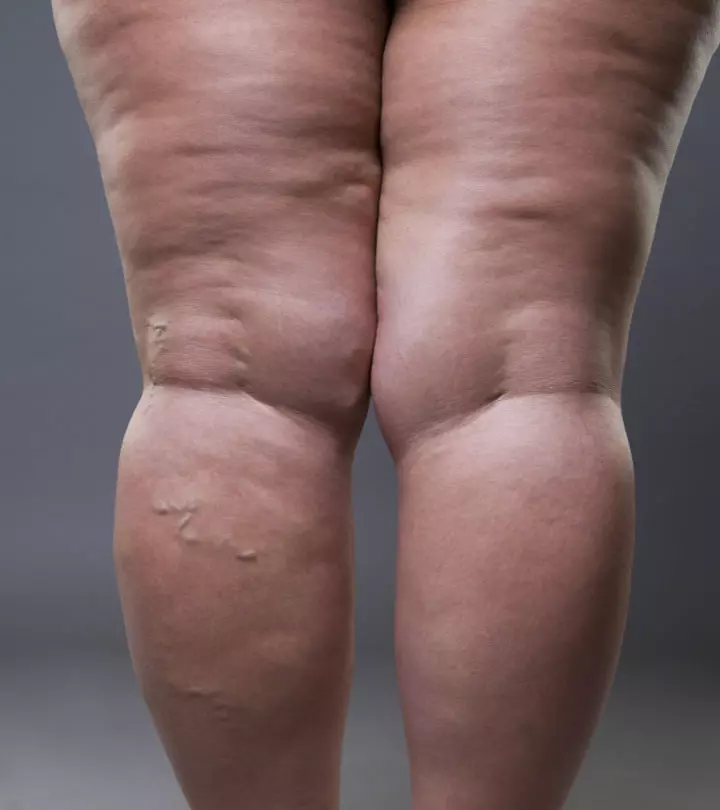
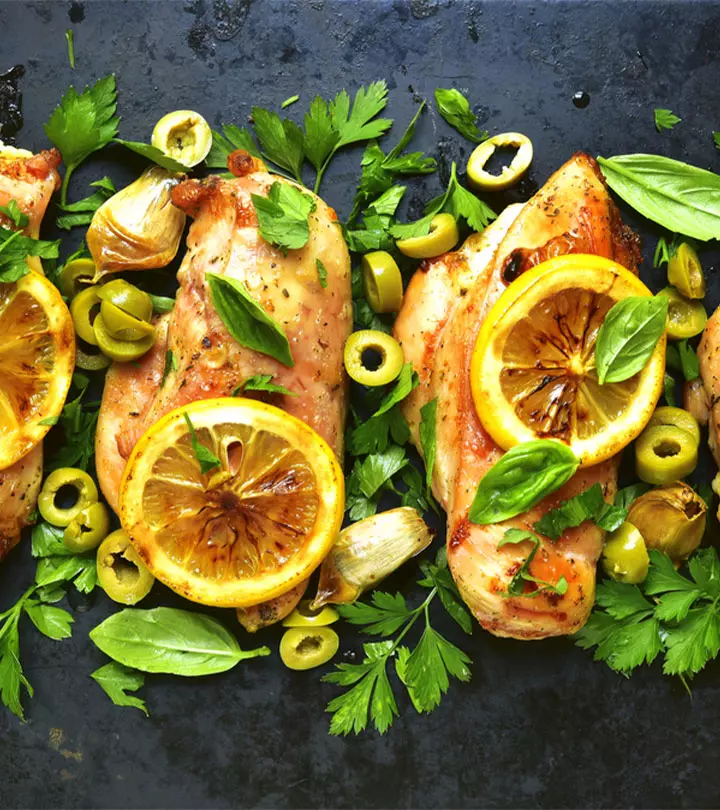
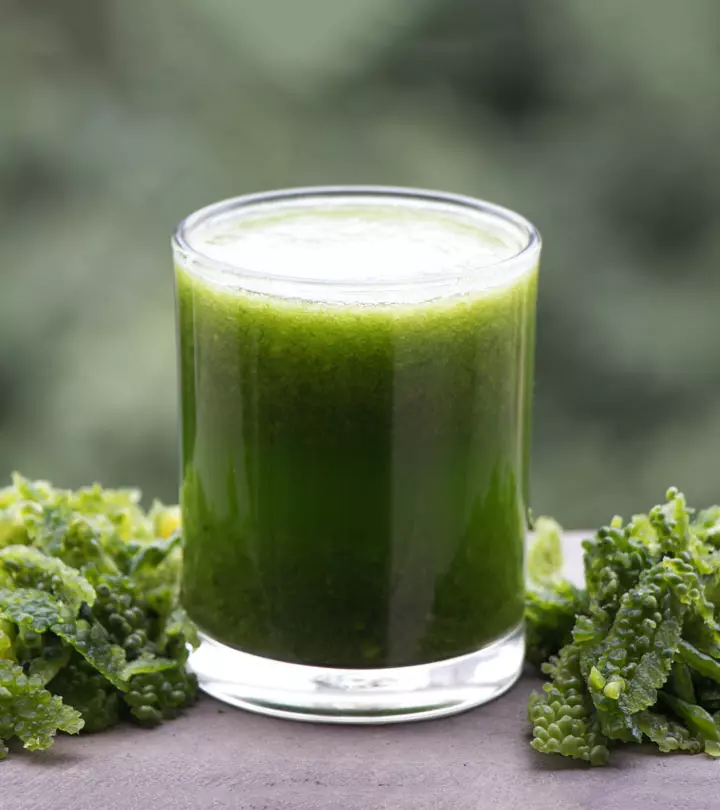

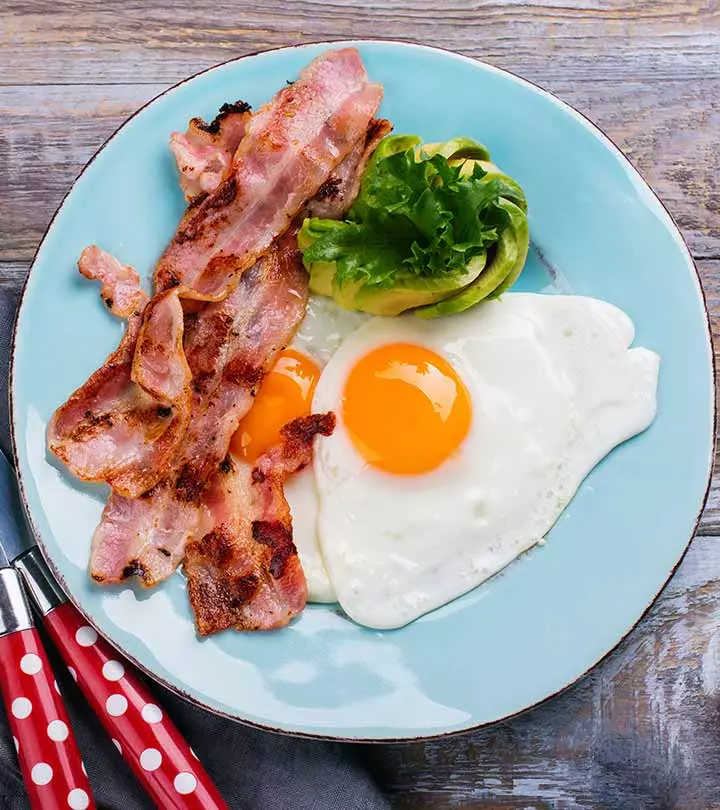
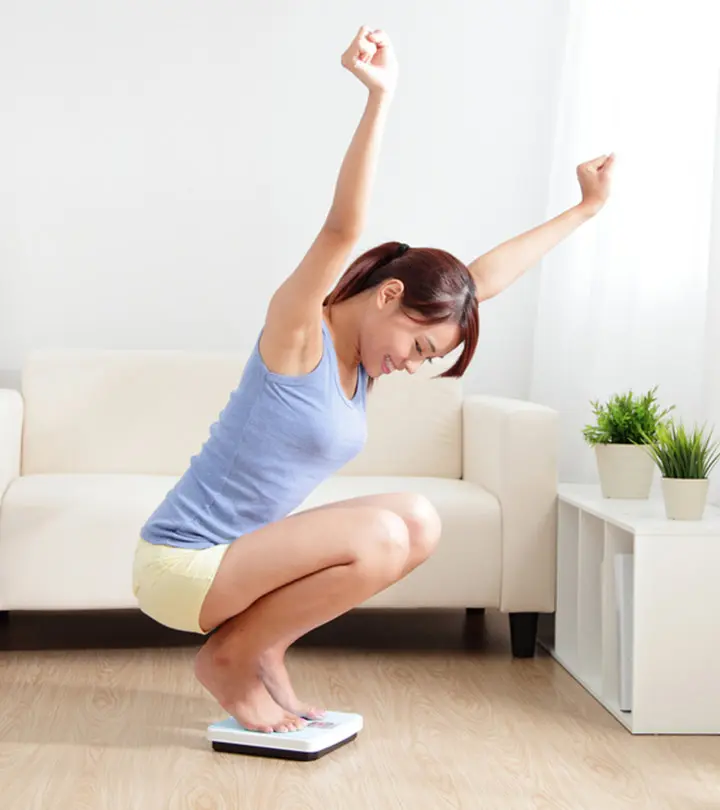
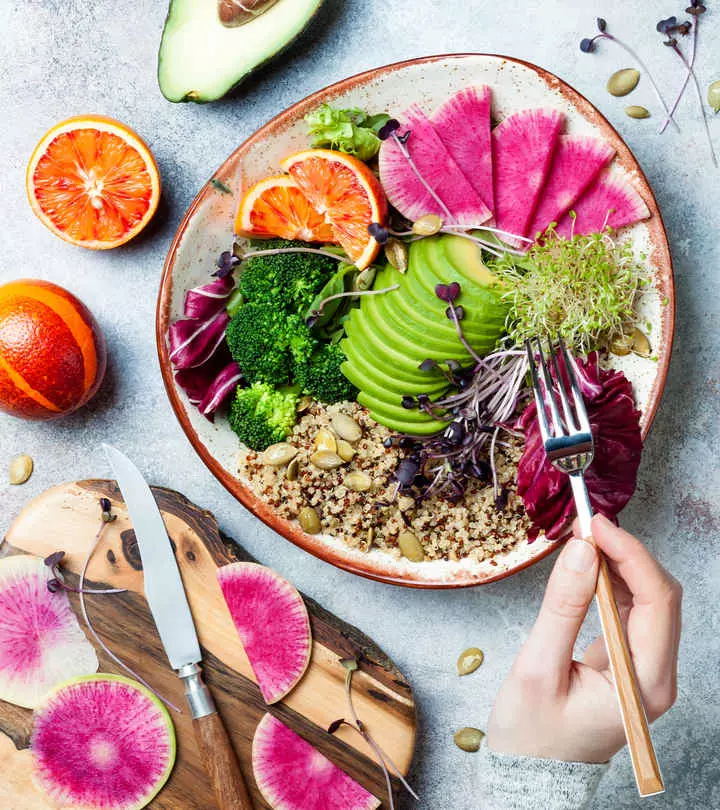
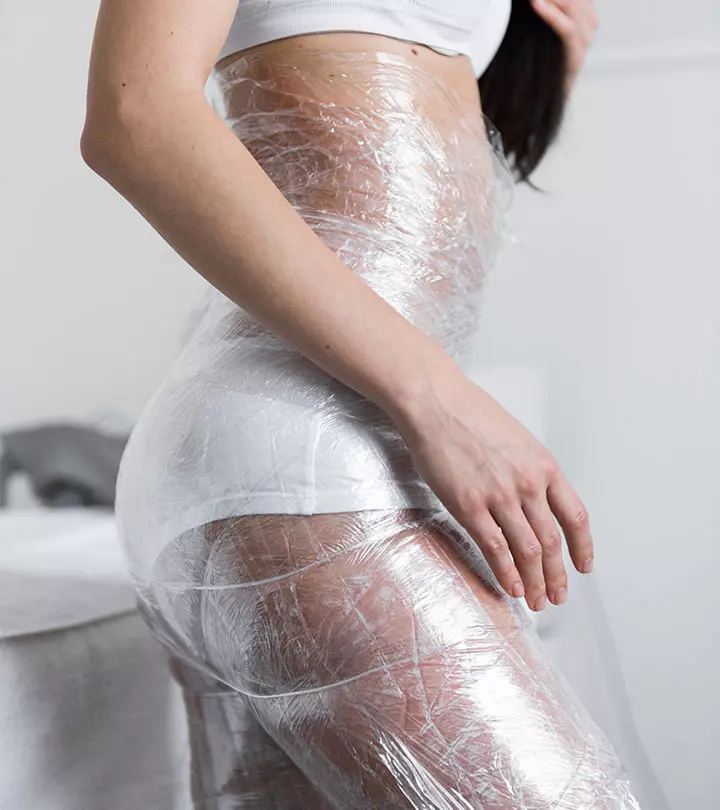
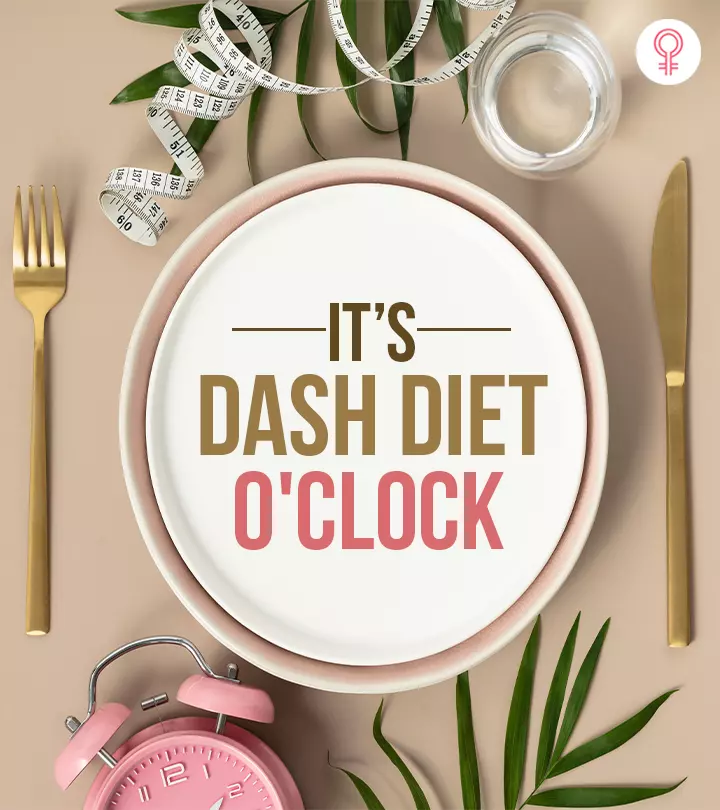
Community Experiences
Join the conversation and become a part of our empowering community! Share your stories, experiences, and insights to connect with other beauty, lifestyle, and health enthusiasts.